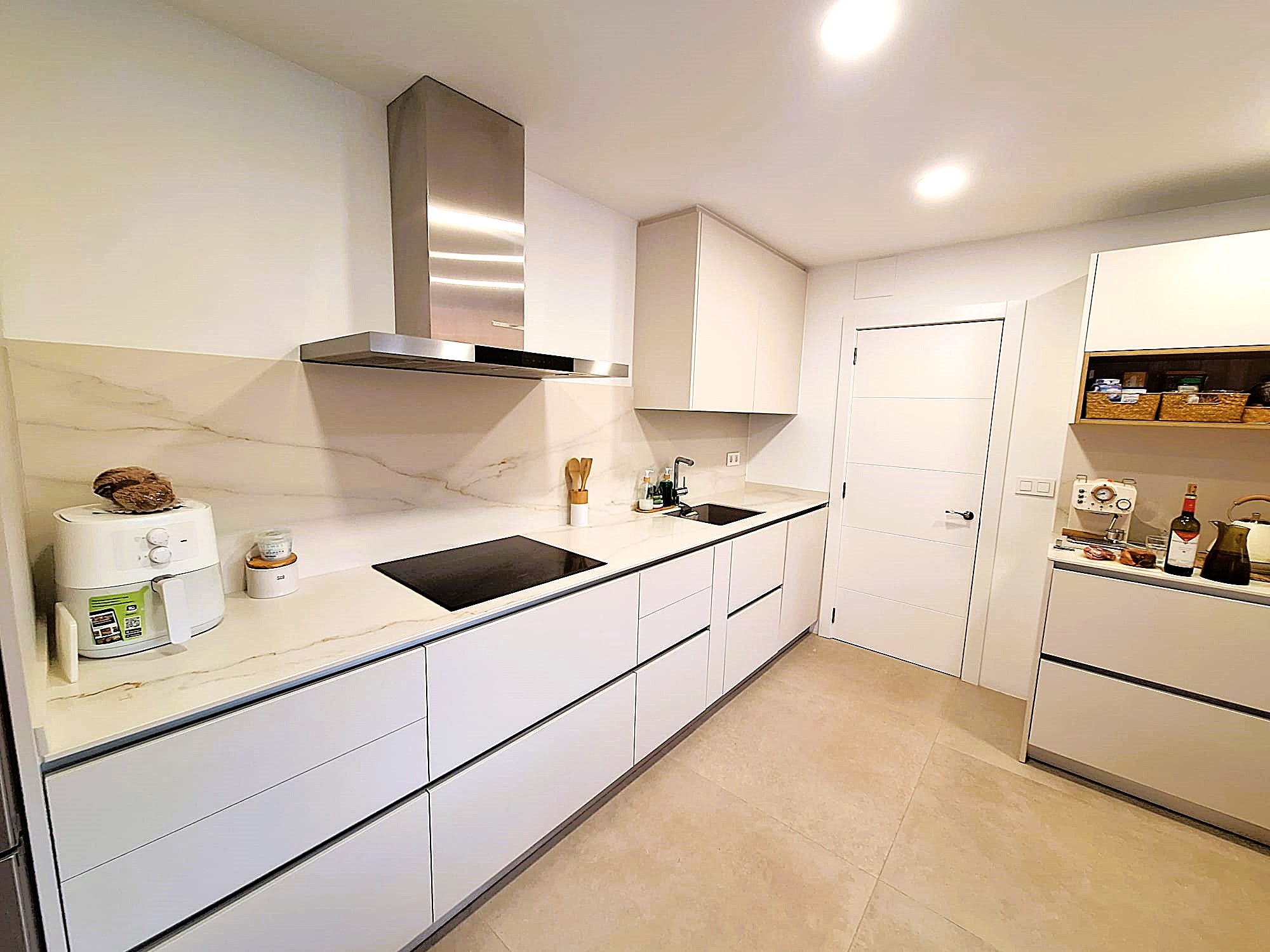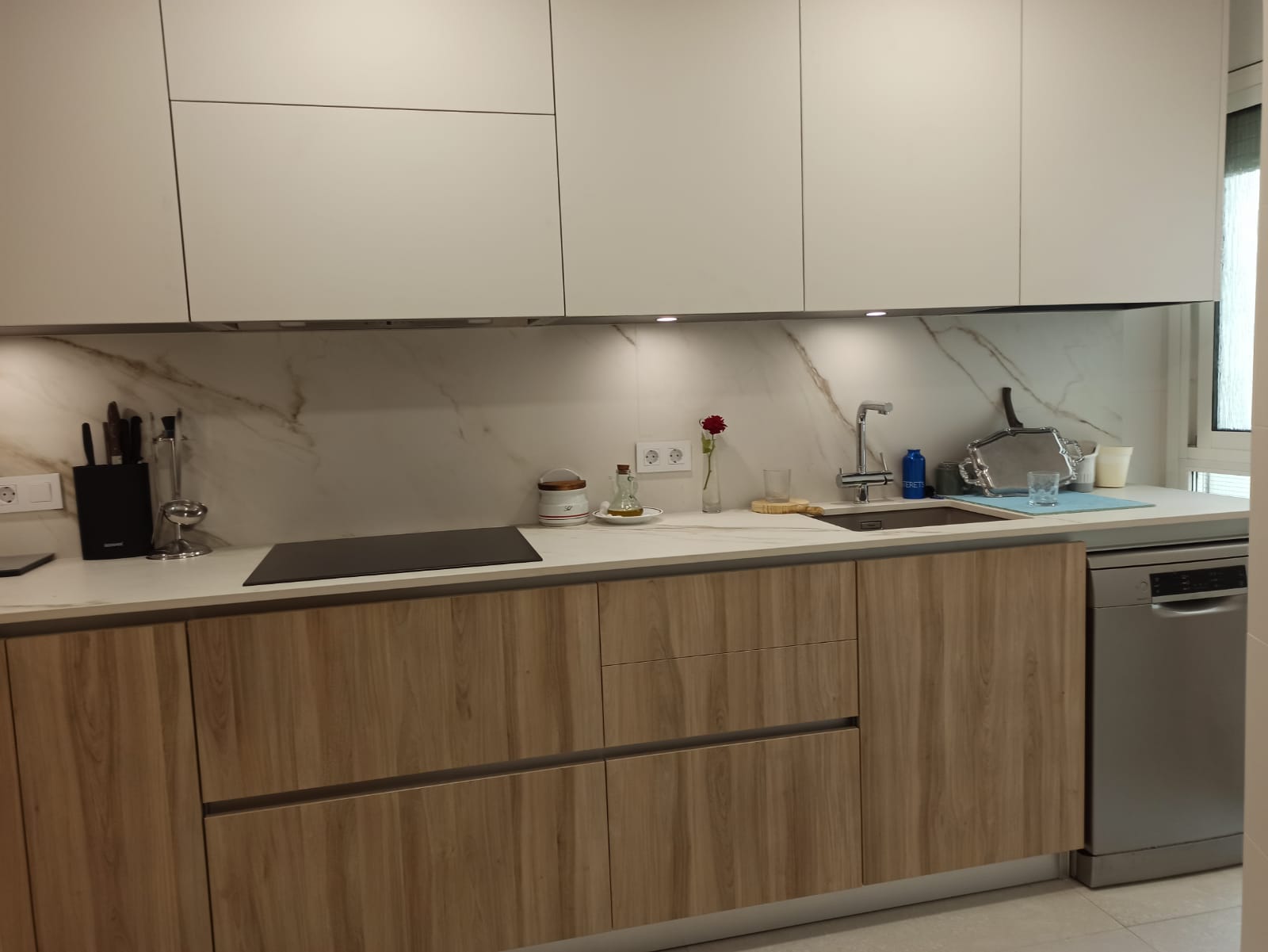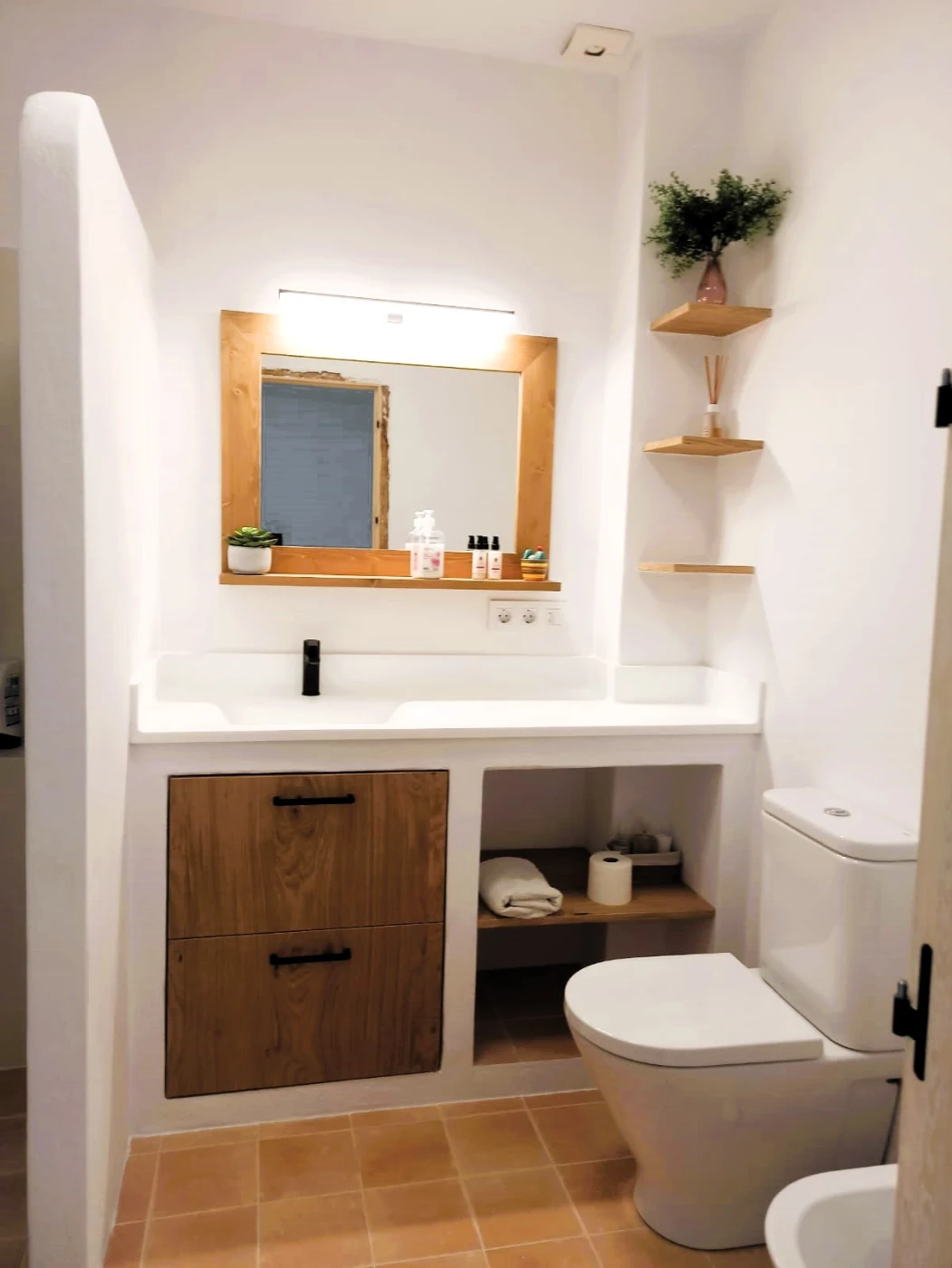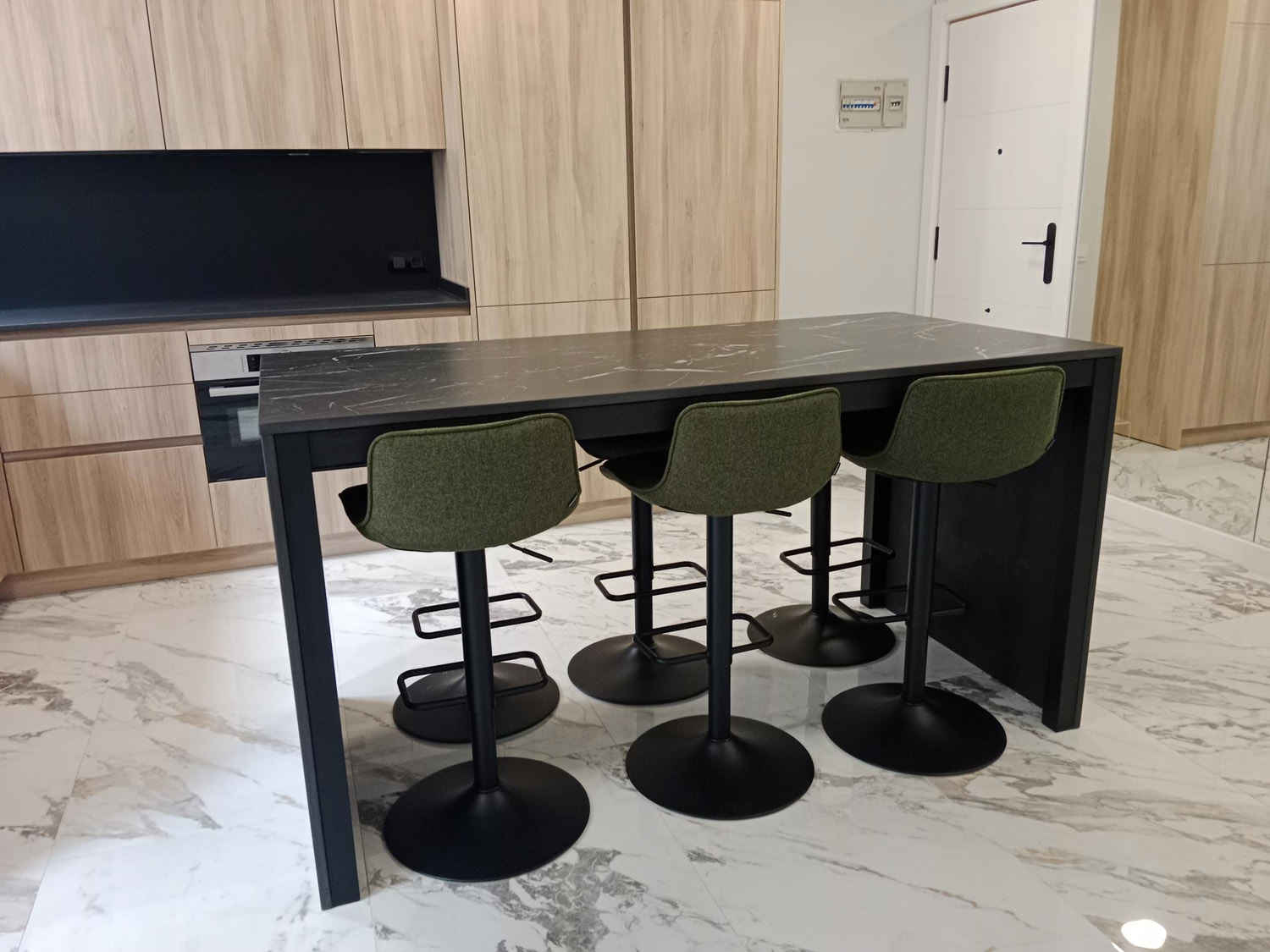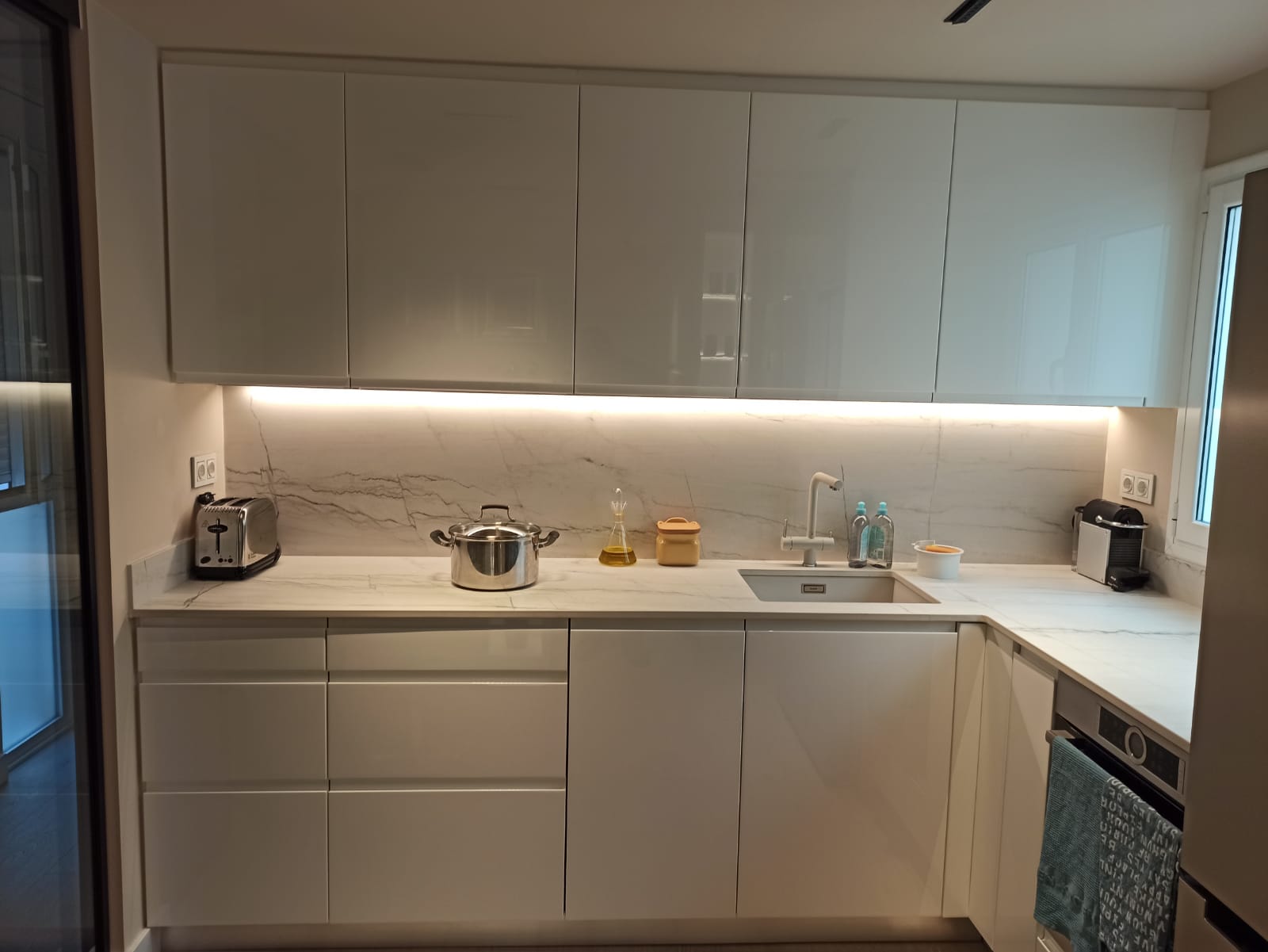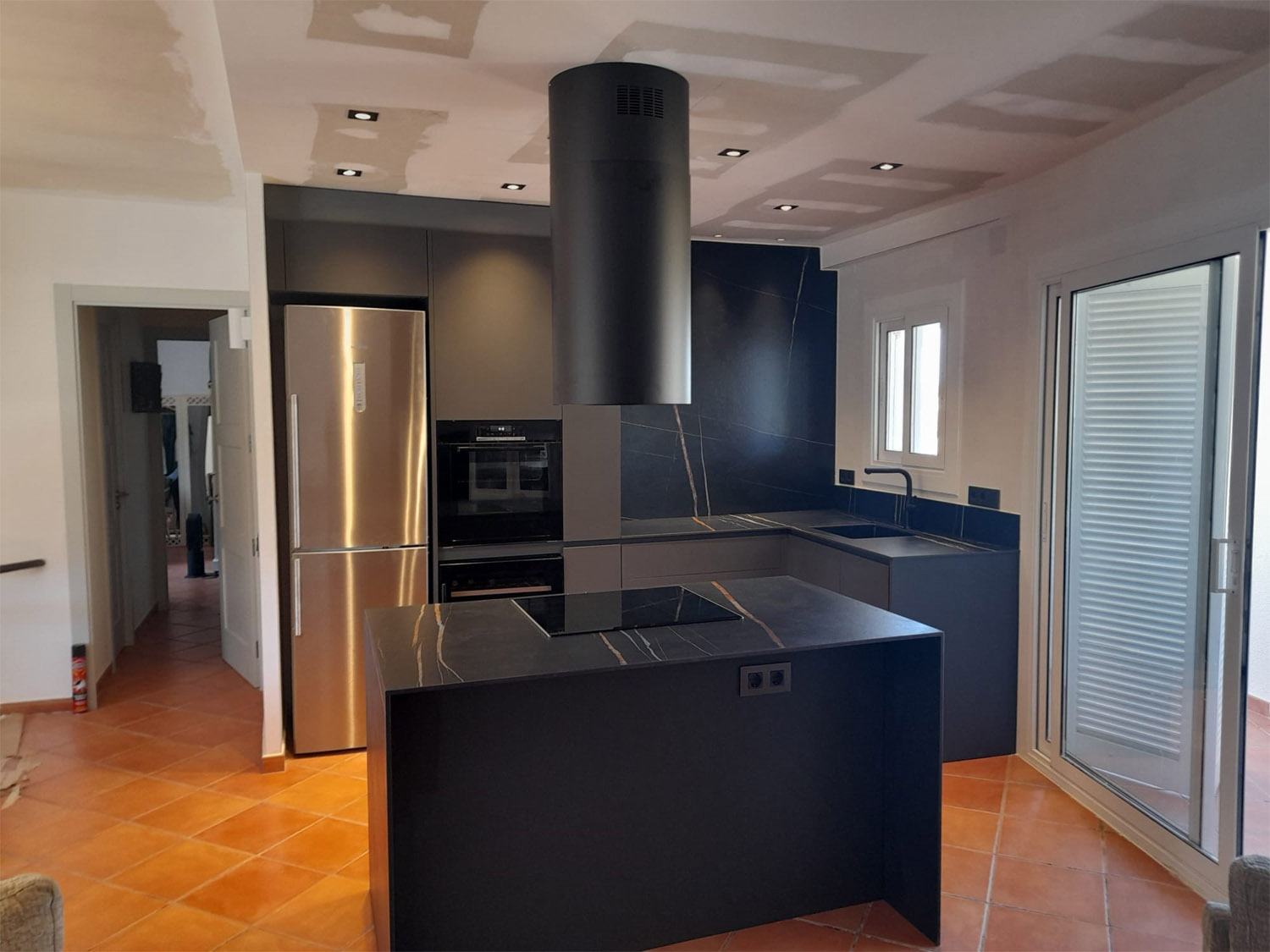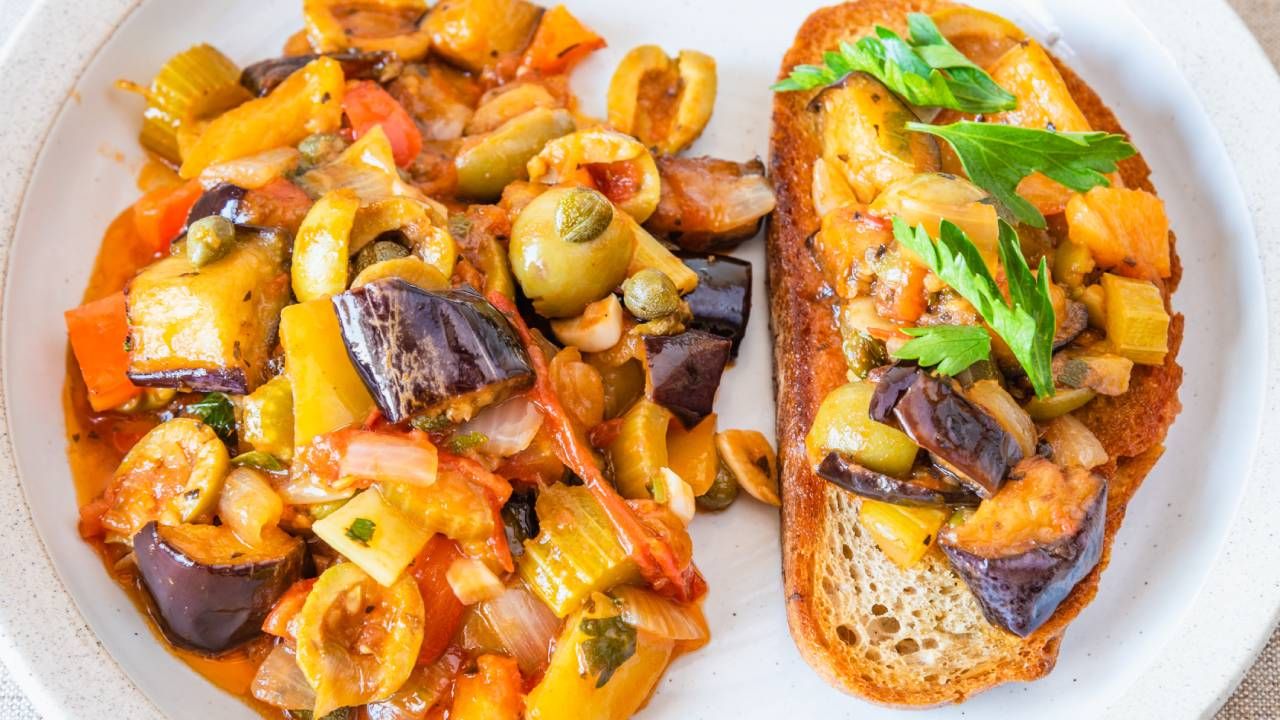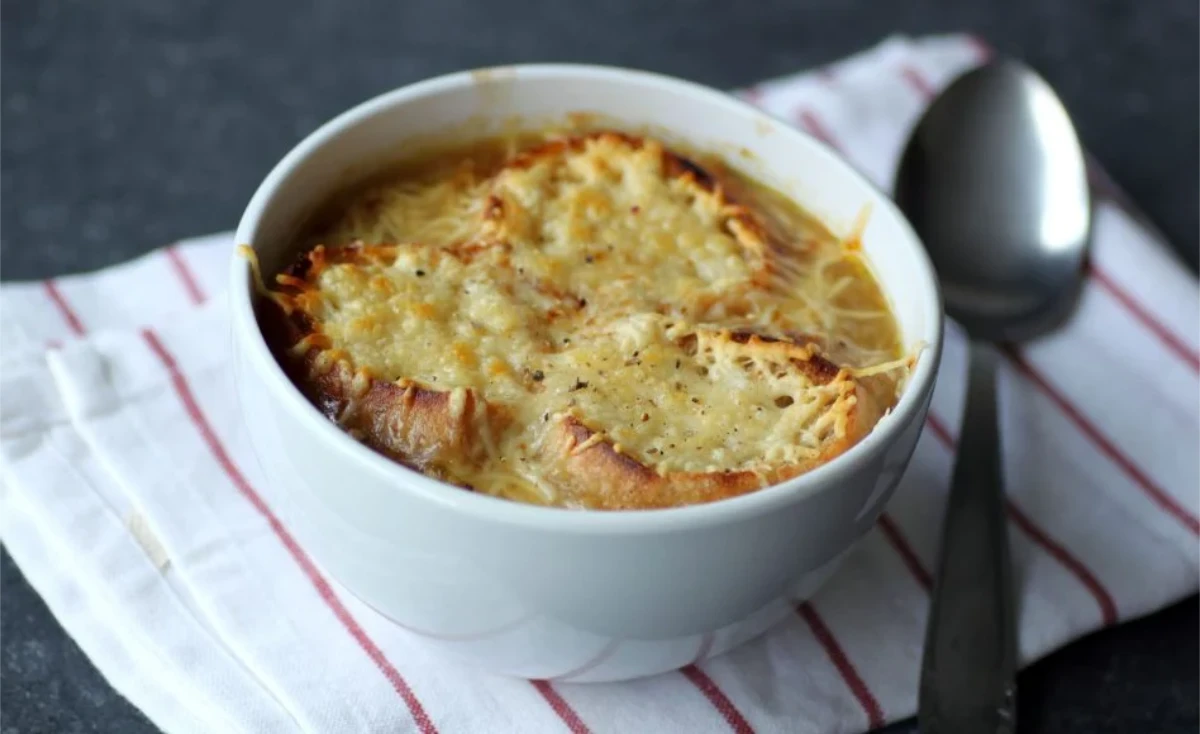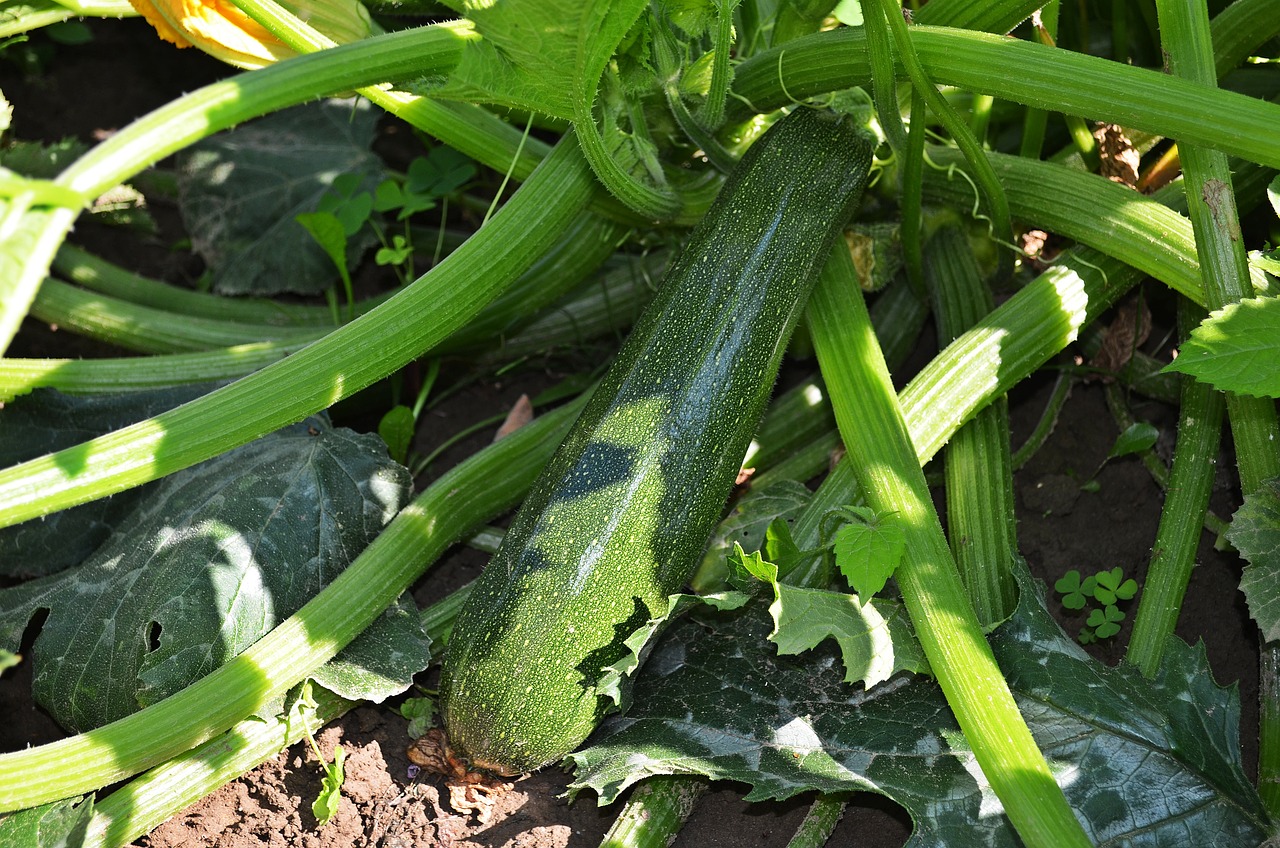Old is gold
Hasn’t it happened to you that every time you want to buy something new, you try to look for something second hand with its years… something authentic?
It is because, except for new technologies that did not exist before, most of the objects we surround ourselves with are very similar to when they were invented. The more “low-tech” an object is, the less likely it is to have improved at the beginning.
Given this trend, an object that is still around and working well decades later is probably designed and built better than most new ones that can be found today. This can be explained by the Lindy effect, which essentially states that the longer something has survived so far, the more likely it will survive in the future.
The Braun Citromatic
What better way to enjoy oranges than making freshly squeezed juice?
An example of simplicity, which is studied in design schools, is the motorized citrus juicer, the Braun MPZ 2 Citromatic. Its simple, unadorned shape immediately draws you in. For less than 20 euros, all a bargain

It has a long history of almost half a century of life.
“citromatic” is an electric citrus juicer and was first devised in 1972, after Braun acquired the Spanish company Pimer and began producing new equipment at the company’s headquarters in Barcelona. The product, also known as “MPZ 2”, is the joint brainchild of Dieter Rams and Jürgen Greubel. Specifically aimed at the Spanish market, it soon became a sales success in a multitude of markets.
It was sold for nearly three decades and underwent only minor changes during its lifetime. Although it was discontinued in the 1990s, an updated version was launched a few years ago.
What makes it so durable is its simplicity. The electronics are not complicated, it’s just a switch and a motor. Mechanically, the device is quite simple as well and will probably never need spare parts.

Discreet but thoughtful design
The Citromatic is successful because it seamlessly blends its performance with its appearance. This perfection continues in the smallest details that are not obvious at first glance.
For example, the nozzle can be raised and lowered to stop the flow of juice. This makes it easy to replace a full glass with an empty one.

After making some zuma, cleanup is easy. The top of the unit is separated into individual parts, leaving only the motor mechanism underneath. Each of these parts is easily washed before the next use.
It’s little details like this that make an object so nice to have. More importantly, they talk about why people are still using them decades later.
Step 1: Eat a good juice!
This step is the most important. Hand-selects the freshest and ripest oranges. It is a luxury that stores and restaurants serving fresh juice do not have because of the scale at which they operate.
You can find them all year round… there are many kinds… (Navelate, Navelina… ) They should be a bit soft, but hard. Stay away from hard and hollow oranges. They can be stringy and hard. If you like cold juice, place the oranges in the refrigerator for at least a few hours.
This is the coolest step. Place a glass under the nozzle and push one orange half down into the juicer. This is where the Citromatic dissolves in the background. The focus is now on the transformation of the orange into a glass of cold juice.
The internal motor emits a humming sound but it is not loud or cacophonous like that of a blender. It spins with enough speed and torque to extract the juice, but not enough to disturb you. Noise is really very important. Feeling of solidity, strength but in a harmonious way.

Step 4: enjoy
There’s nothing like a glass of orange juice made with your hands… and the Braun Citromatic 🙂

And enjoy a fresh juice!!!

